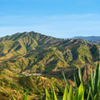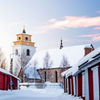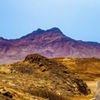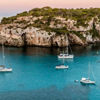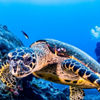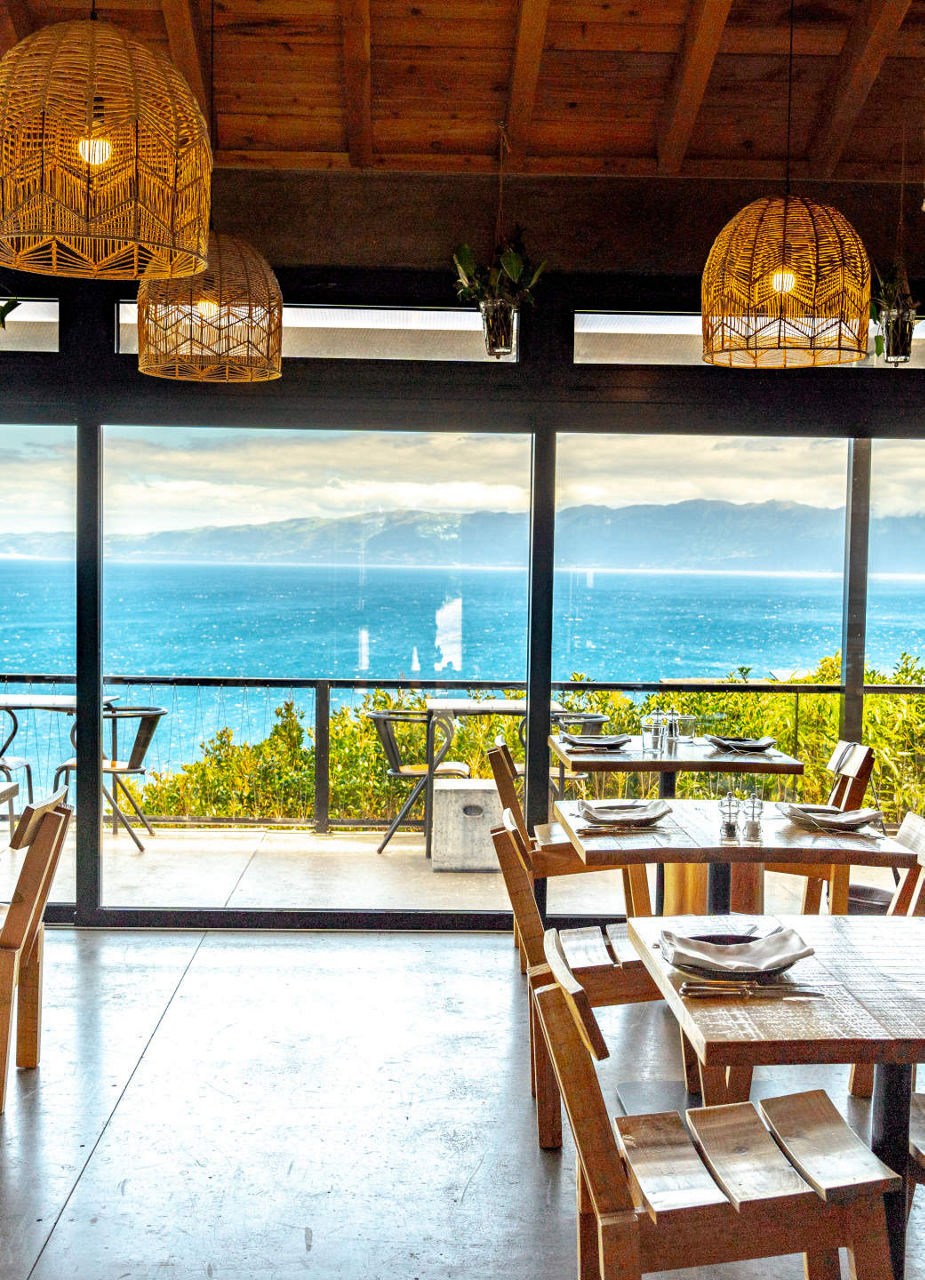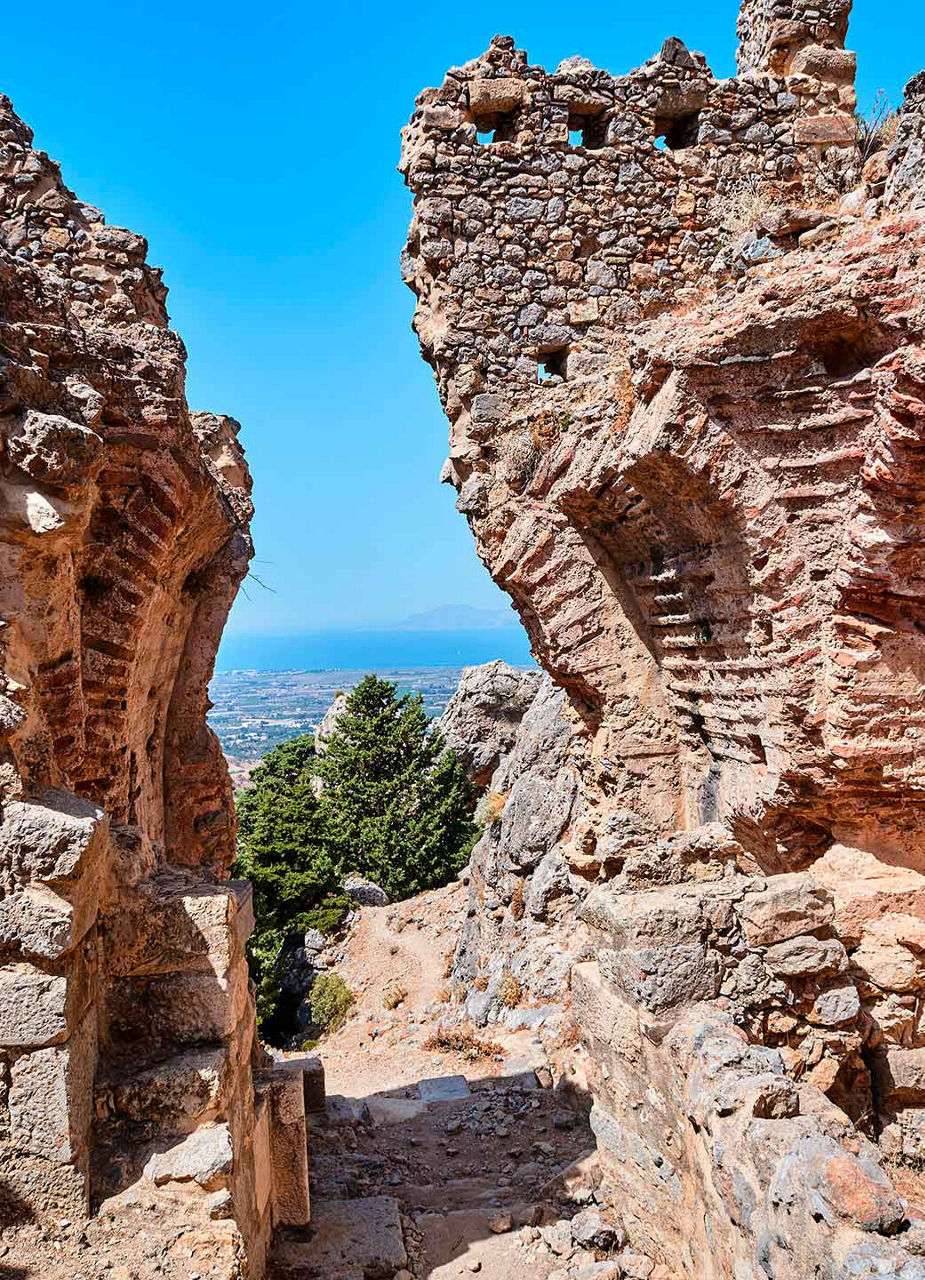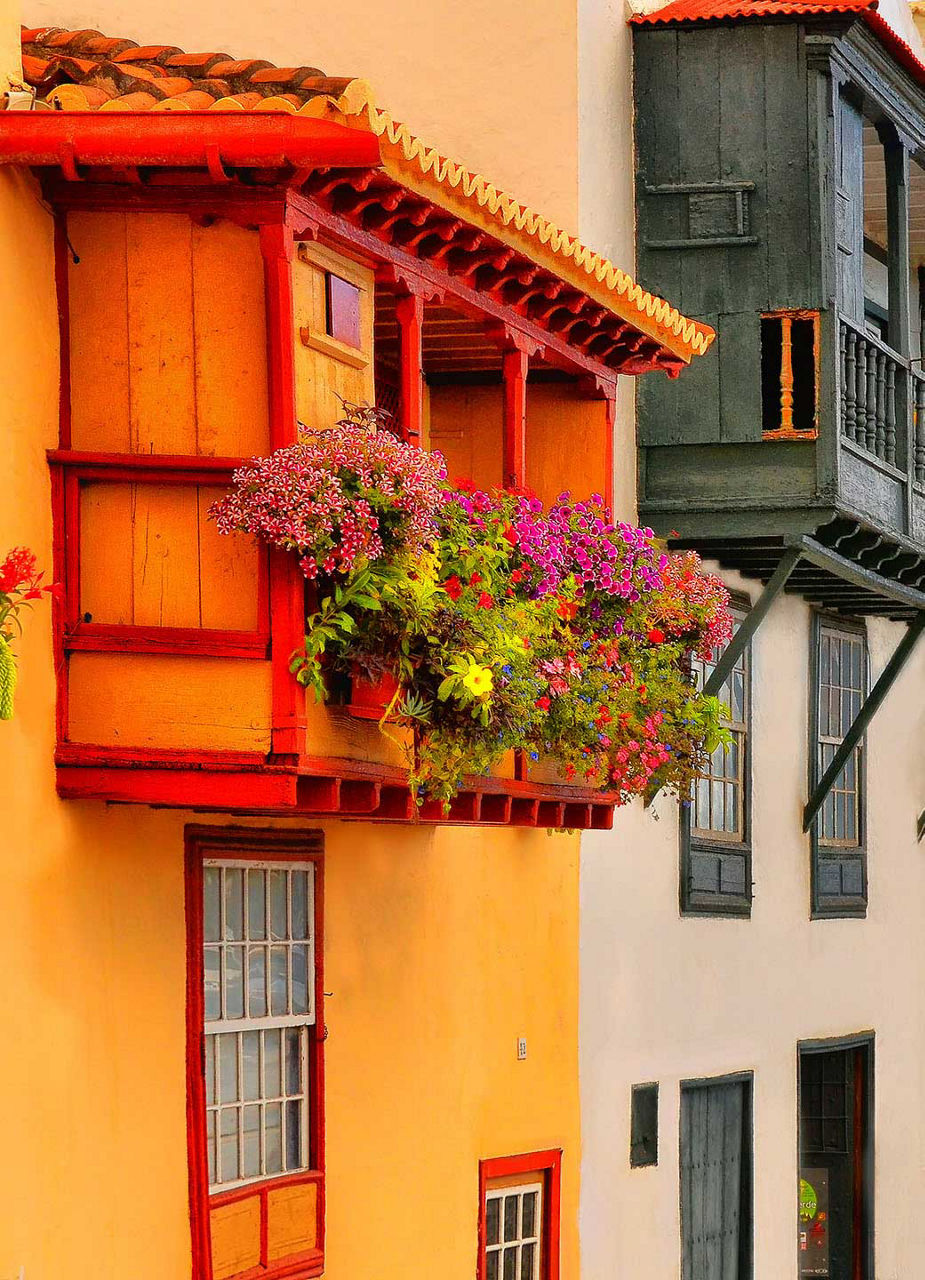
Wonderful world of Azores: nine islands to fall in love with

Terceira as the starting point
The volcanic archipelago of the Azores rises in the middle of the Atlantic Ocean. The nine islands are just under 1,500 kilometres from mainland Portugal. The best way to explore their diversity is by island hopping. Terceira is the ideal starting or end point for this. It is connected to all the Azores islands, as well as the mainland. With the nearby islands of São Jorge, Pico and Faial, Terceira is also close to the “triângulo” of the Azores, where the ferries run regularly.

São Jorge – the sleeping dragon in the ocean
The distinctive shape of São Jorge makes the island look like a sleeping dragon in the ocean. It is traversed by a rugged mountain range that peaks at the 1,053-metre-high Pico da Esperança. Numerous, sometimes spectacular waterfalls run through the island landscape. The characteristic “fajãs” of the Azores island are particularly impressive. Located at the foot of cliffs towering between 400 and 700 metres high, the narrow coastline often surprises with natural pools and crystal-clear lagoons.


Nature and Enjoyment on the “Green Hiking Island” São Jorge
Along the steep coastal cliffs of São Jorge, numerous trails span this “green hiking island”. One of them passes the Cascata Pequena waterfall, which is only accessible by foot. This hike leads to Fajã da Caldeira de Santo Cristo. The coastal headland is particularly well-known amongst surfers. Waves that break there, reverently known as “world class waves”, are the dream of the surfing community. Those who like a little less adrenaline can try traditional São Jorge cheese during a tasting, as well as learn more about its production and the island’s culture during guided tours.

Parque Florestal das Sete Fontes on São Jorge
Landscapes like those in described in “The Jungle Book” can be admired at the Parque Florestal das Sete Fontes. The countless hiking trails pass by ferns and fuchsia, crossing ponds and streams again and again. To the north of the park is a vantage point offering a sweeping view of the islands of Graciosa and Terceira in good weather. The Parque Florestal das Sete Fontes is the perfect starting point for a hike to the north-western tip of São Jorge. The end is marked by the crumbling Ponta dos Rosais lighthouse. It stands right on top of a spectacular cliff that falls almost 300 metres vertically.


Pico, the giant of the Azores
Ponta do Pico, the highest mountain in Portugal, rises 2,351 metres above the eponymous island of Pico. It can be climbed by tackling an eight-to-nine-hour hike (registration at the Casa de Montanha). But there are also numerous hiking trails around the mountain, some of which run through the traditional wine terraces. Pico is the youngest of the Azores Islands, at “only” 250,000 years. It is known for its black lava fields and rocky coastlines, some of which are in bizarre formations. On the outskirts of Cachorro and with a little bit of imagination, you can find a lava formation resembling a dog. Real marine animals can be discovered on whale and dolphin watching tours around the island.


Faial – a blue-blossoming paradise
Faial is known as the “blue island” of the Azores. Numerous blue hydrangeas adorn the island, especially in July and August. Faial is a popular port of call for sailors. The flair of this sport can be felt everywhere around the harbour and in the restaurants, particularly in the small town of Horta. Numerous murals by sailors adorn the harbour itself. This tradition has evolved over the years – many crews write their signatures or paint memories on the walls of the harbour. Modern myth even has it that boats that don’t leave a painting are followed by misfortune.


Hiking dreams with an adrenaline rush: Caldeira do Faial
One of the most famous and popular hiking trails in the Azores is located in Faial. It leads around the Caldeira do Faial crater and offers spectacular views of the neighbouring islands of Pico and São Jorge. Horse riding on the Lusitano Trail offers another exciting way to explore the island. Guided tours are offered for both beginners and experienced riders. On the northwest coast, Praia do Norte’s popular beach is also considered one of the island’s best surfing spots. Close by are natural volcanic basalt swimming pools with protected areas for diving and snorkelling.


Graciosa: the quiet beauty of the Azores
The second smallest island in the Azores has been classified by UNESCO as a biosphere reserve. It features the Caldeira da Graciosa, a huge volcanic crater with a depth of 270 metres, measuring up to 1.6 kilometres in diameter. The capital Santa Cruz da Graciosa boasts snow-white houses and windmills with their signature red hoods. Graciosa is also home to various species of birds, including numerous endemic species. Ilhéu da Praia, a small rock island off the coast, is a protected breeding ground for the sea bird “Paínho-de-Monteiro”, which only nests on the Azores.


Sweet secrets from Azorean cuisine
Graciosa is the Azores island for relaxation. There are many hiking trails out in nature where you can see birds that do not live anywhere else but here. The main attraction of the island is the Furna do Enxofre. On a guided tour, you can explore the inside of this lava tunnel which is the size of a football pitch and 50 metres high. The thermal springs of Carapacho lie directly on the coast and promise a healing effect. The island is also attractive for its culinary delights: make sure to try Queijadas da Graciosa! The star-shaped pastry is traditionally made only from Azorean ingredients and is a highly-guarded secret of local pastry chefs. For more information about the Azores Islands, here are some tips for island hopping from Ponta Delgada: https://www.flyedelweiss.com/de/de/destinations/ponta-delgada/tips-island-hopping.html
Header - Photo by Loren Bedeli
Paragraph 1 - Photo by Erika on Adobe Stock
Paragraph 2 - Photo by JocaBlues on Adobe Stock
Paragraph 3 - Photo by Westend61 GmbH on Alamy Stock Photo
Paragraph 3 - Photo by ohrim on Adobe Stock
Paragraph 4 - Photo by Mauricio Abreu on Alamy Stock Photo
Paragraph 5 - Photos by Loren Bedeli
Paragraph 6 - Photo by bollingerphoto on Adobe Stock
Paragraph 6 - Photo by Loren Bedeli
Paragraph 7 - Photo by Mauricio Abreu on Alamy Stock Photo
Paragraph 7 - Photo by Frauke Scholz on Getty Images
Paragraph 8 - Photo by Rui Vale de Sousa on Adobe Stock
Paragraph 8 - Photo by Marc Guyt/AGAMI on Adobe Stock
Paragraph 9 – Photo by Karol Kozlowski on Alamy Stock Photo
Paragraph 9 – Photo by Gaspar Avila on Alamy Stock Photo

